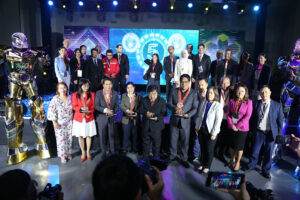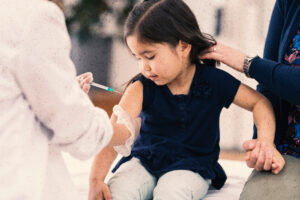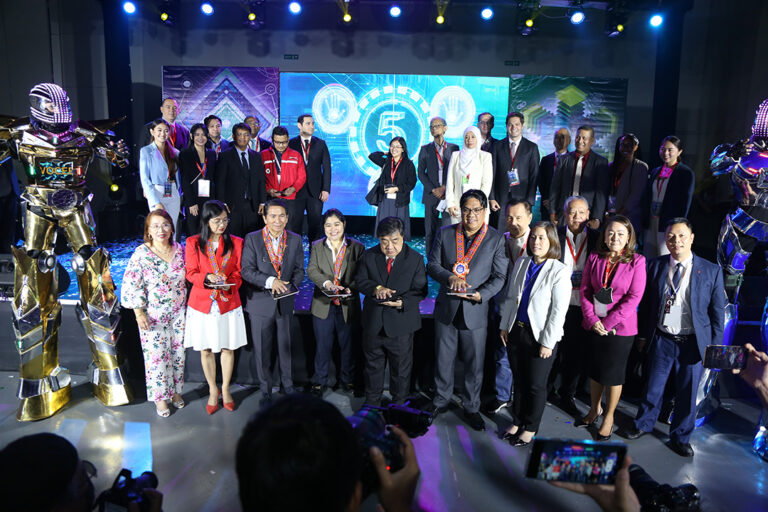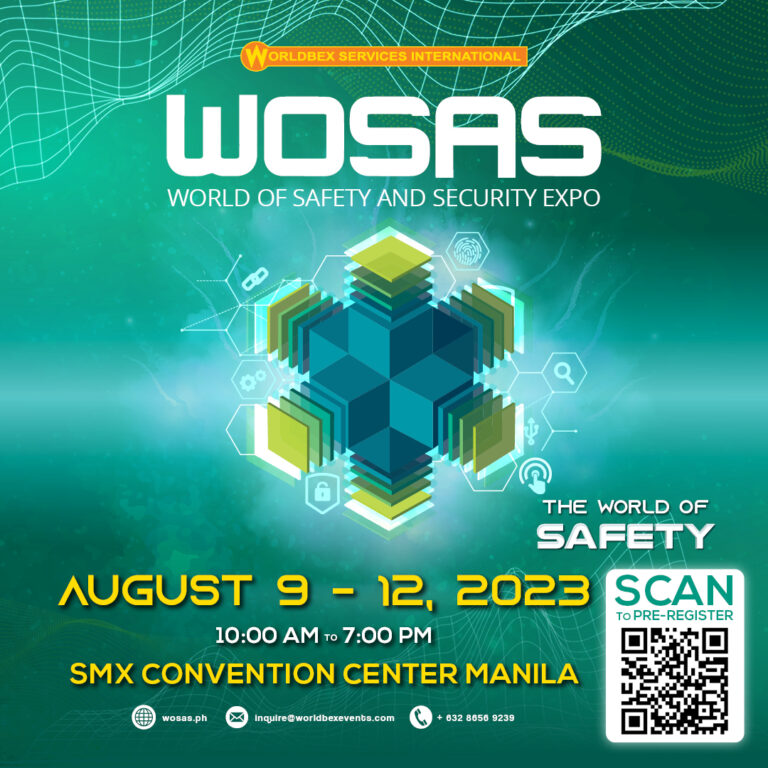By Saturnino P. Javier, MD, FPCP, FPCC, FACC
He was all over the television that morning. Over at the Renaissance Moscow Monarch Centre Hotel where I was staying for a Cardiology convention in Moscow, all the local television channels were simultaneously airing an interview with Russian president Vladimir Vladimirovich Putin at the Kremlin.
Thus, when I decided to take a Yandex ride (Uber’s partner fleet in Moscow) to the Red Square where the Kremlin lies, I knew that Putin was just a stone’s throw away from the complex where I would take a leisurely stroll – along with thousands of visitors and tourists on that humid morning of July 2019.
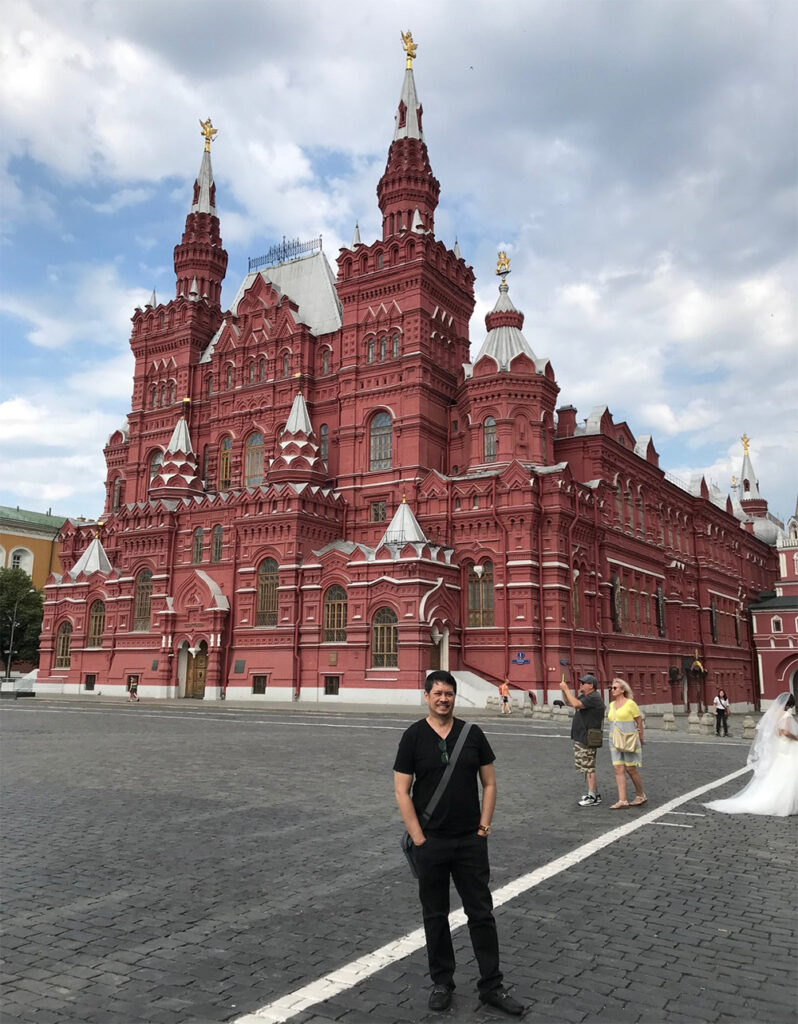
Situated along the Moskva River in the Central Federal District of European Russia, Moscow is one of Europe’s most populated inland cities. A city well known for its magnificent architecture, iconic buildings and verdant gardens, Moscow was among those cities on my bucket list – which I always looked forward to visiting one day.
The Red Square, the largest and most famous square in the entire Russia, has expansive grounds for strolling and just milling around. While there are many red bricks and red-painted buildings around the square, the Red Square derives its name from the word ‘krasnyi’, which meant ‘beautiful’ and eventually came to mean ‘red’ in contemporary Russian. Previously called the Trinity Square, the name ‘Red Square’ became official sometime in the 17th century.
The Red Square is easily a convenient jump-off point for any first-time visitor to Moscow. The vast promenade offers a panoramic view of the Kremlin, the GUM department store, the State History Museum, Lenin’s Mausoleum and the St Basil’s Cathedral which is Russia’s most iconic edifice. The square is considered the central point of Moscow since the major streets and thoroughfares which connect Russia’s highways, all originate in the Square.
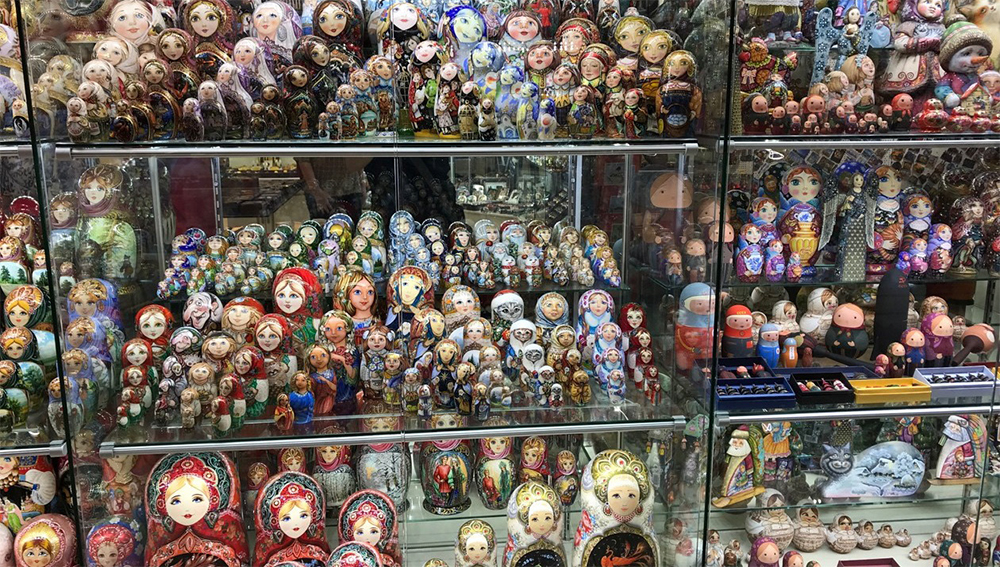
The Kremlin in itself is a fortified complex that lies at the center of Moscow. As the official residence of the Russian president, the Kremlin has cultural, political and historical importance. The Cathedral of Vasily the Blessed, officially known as the Cathedral of the Intercession of the Most Holy Theotokos on the Moat , but most commonly known as Saint Basil’s Cathedral, is one of the most recognizable symbols of the country. Considered a masterpiece of Orthodox art, it is now a museum that stands on one end of the square, casting a majestic mid-morning silhouette on the horizon as it towers overlooking the square. Though outside the Kremlin itself, the church has been part of the Moscow Kremlin and Red Square UNESCO World Heritage Site since 1990.
On the other end of the Red Square is the Kazan Cathedral, or formally known as the “Cathedral of Our Lady of Kazan”, which is a Russian Orthodox church. Not too far away from the Kazan Cathedral is the State History Museum, easily recognizable for its red brick façade.
The Red Square alone, with its splendid architectural offerings, is a visual feast for any visitor. After the visual delights, one can just hie off to the nearby GUM department store to get a ‘feel’ of the city dwellers’ daily grind of things. The most famous GUM (which literally means ‘main department store’) is the large store facing Red Square in the Kitai-gorod area – which traditionally used to be the center of trade in Moscow. The store has locals and tourists alike – and gives everyone an instant realization of how expensive life in Russia can be. (The use of a restroom, supposedly a historically significant one, where a uniformed caretaker stands by the entrance, charges 250 rubles (or roughly 4 USD or 250 pesos). The nearby streets outside GUM are replete with souvenir shops, coffee shops, US food chains (Subway, Kentucky FC, Starbucks, etc.).
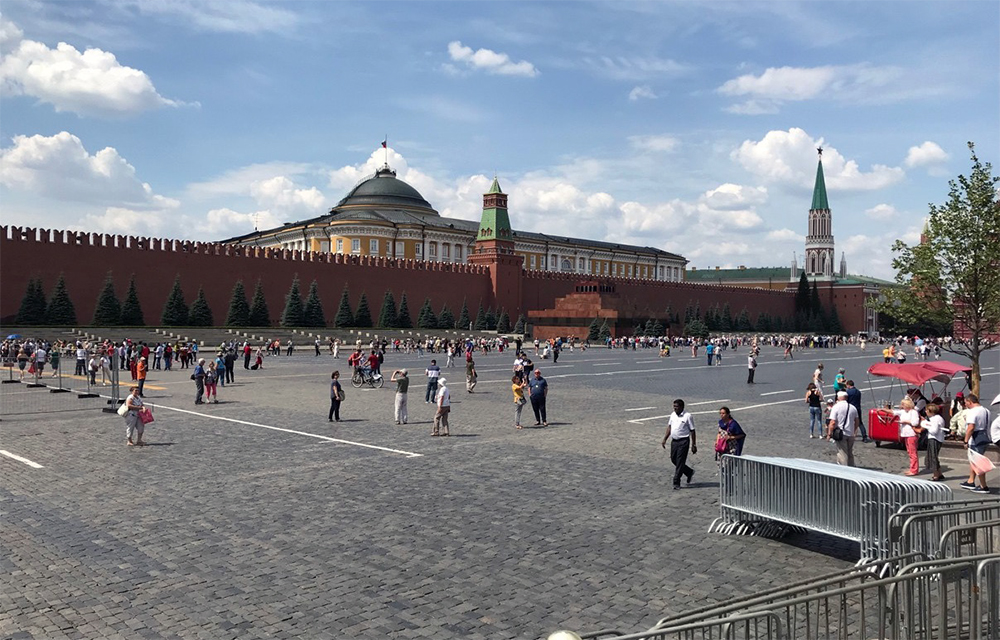
Muscovites, (or Moskvich in Russian), now numbering 13 million, do not seem to be the very amiable, generously smiling kind of foreigner. A smile was hard to come by – whether from the airport hotel transfer chauffeur, or the front desk personnel of the hotel (only the Chinese-looking staff was smiling), or the employee preparing omelet at the breakfast buffet in the hotel –“One moment”, with her head bowed down and pursed lips, was all that she uttered to the Caucasians requesting for the omelet, while she fiddled endlessly with the ingredients and pans in front of her, sometimes banging the utensils recklessly (or deliberately). One can only ask in silence – “Are they a happy people?”
Yet, one will be all smiles seeing the rich and diverse offerings of the city’s magnificent edifices and sights – each one whetting the appetite for more. This city needs to be explored less hurriedly and more thoroughly. It begs to be revisited. VOL. 18 ISSUE 9 SEPTEMBER 2019
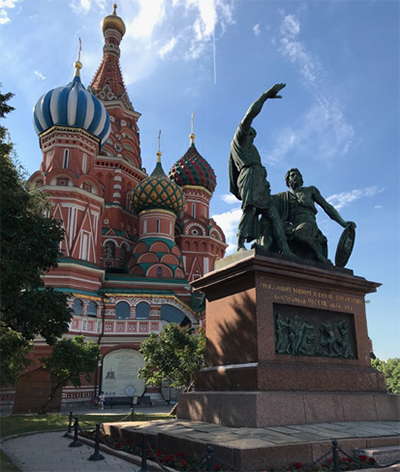
The Minin and Pozharsky Monument fronts the St. Basil’s Cathedral 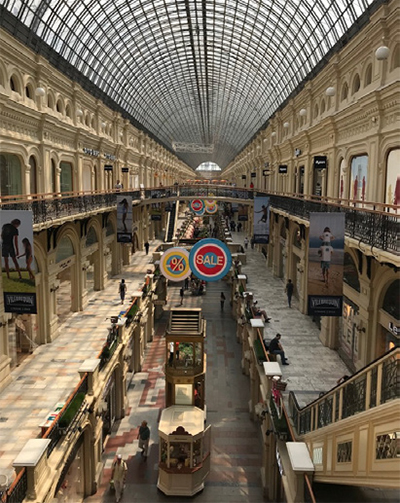
The GUM department store is a historical place for Muscovites


